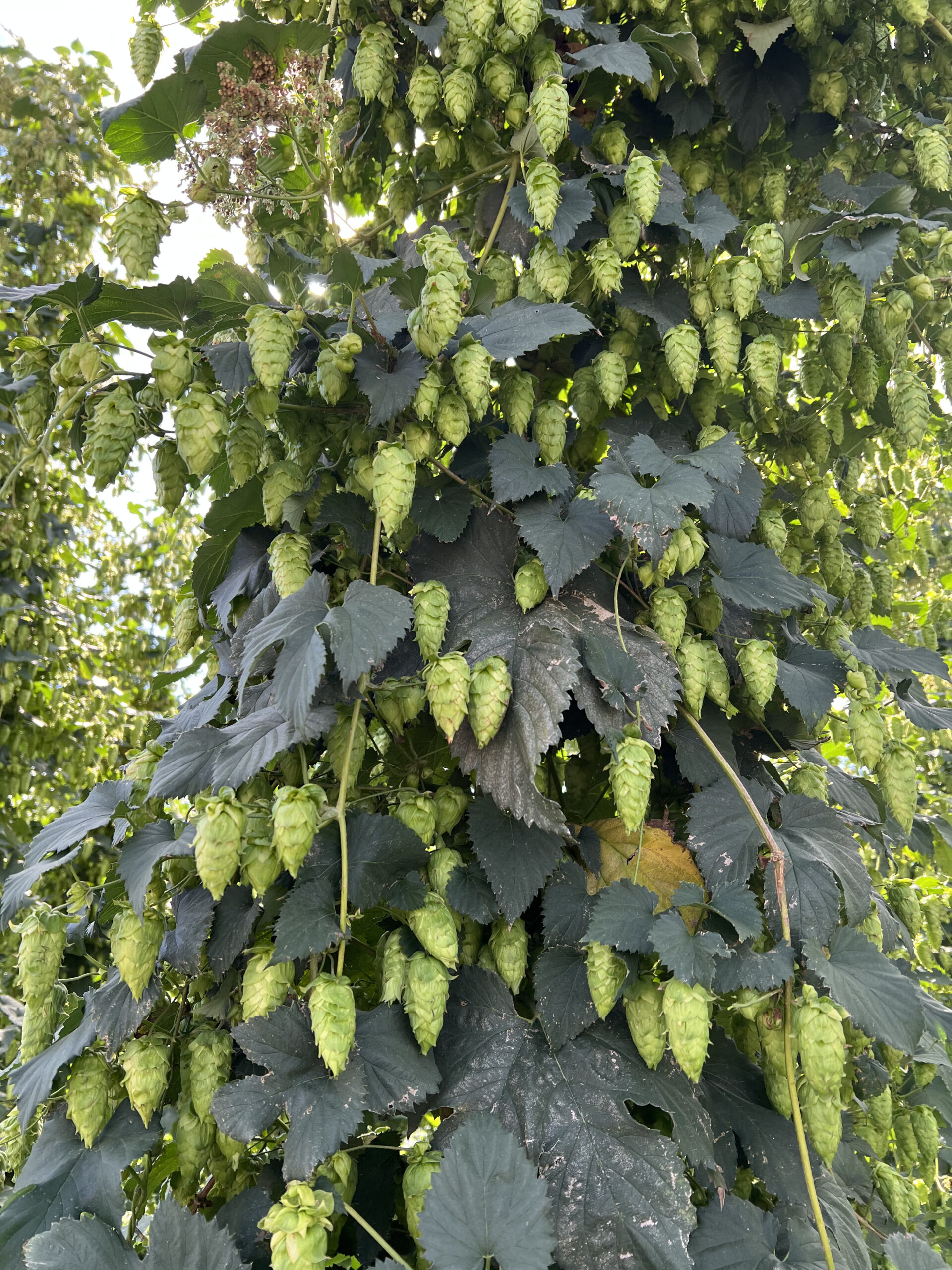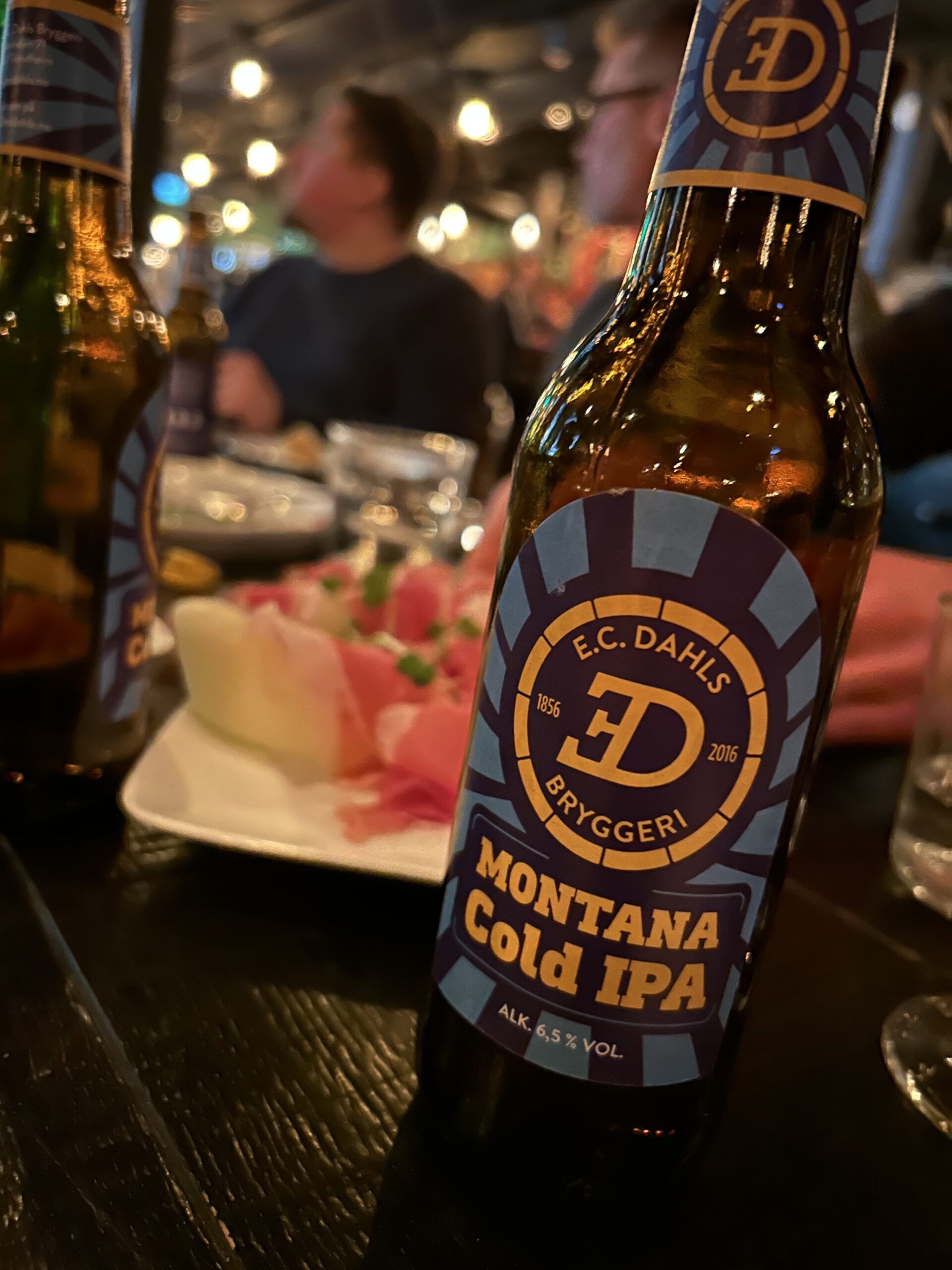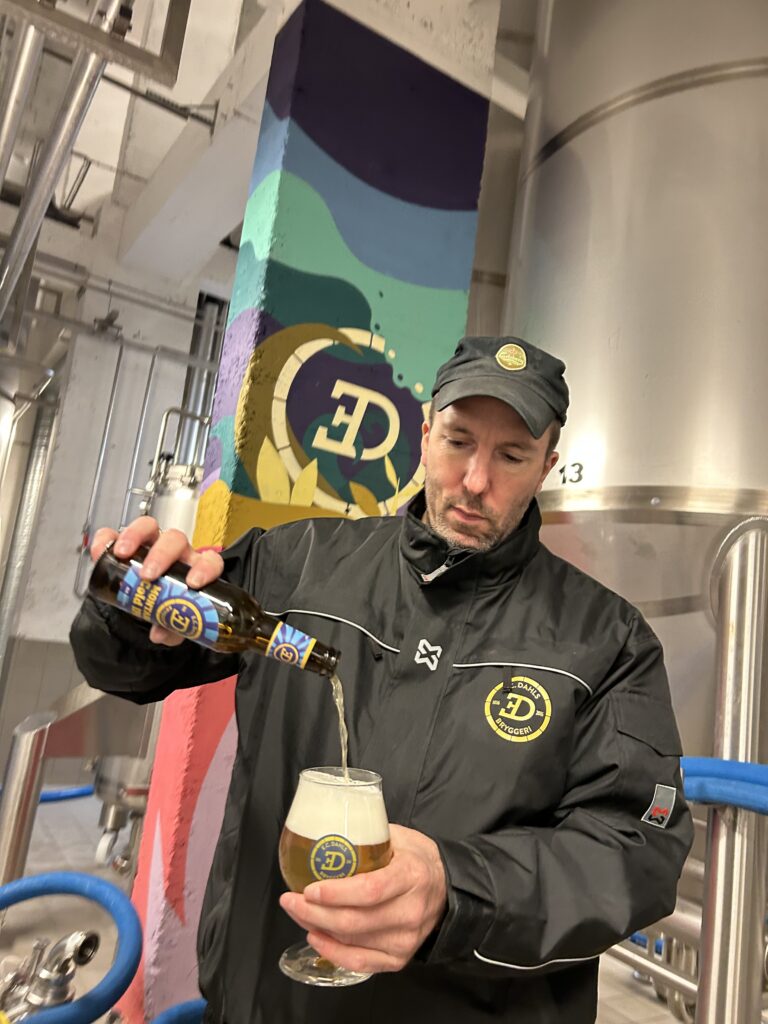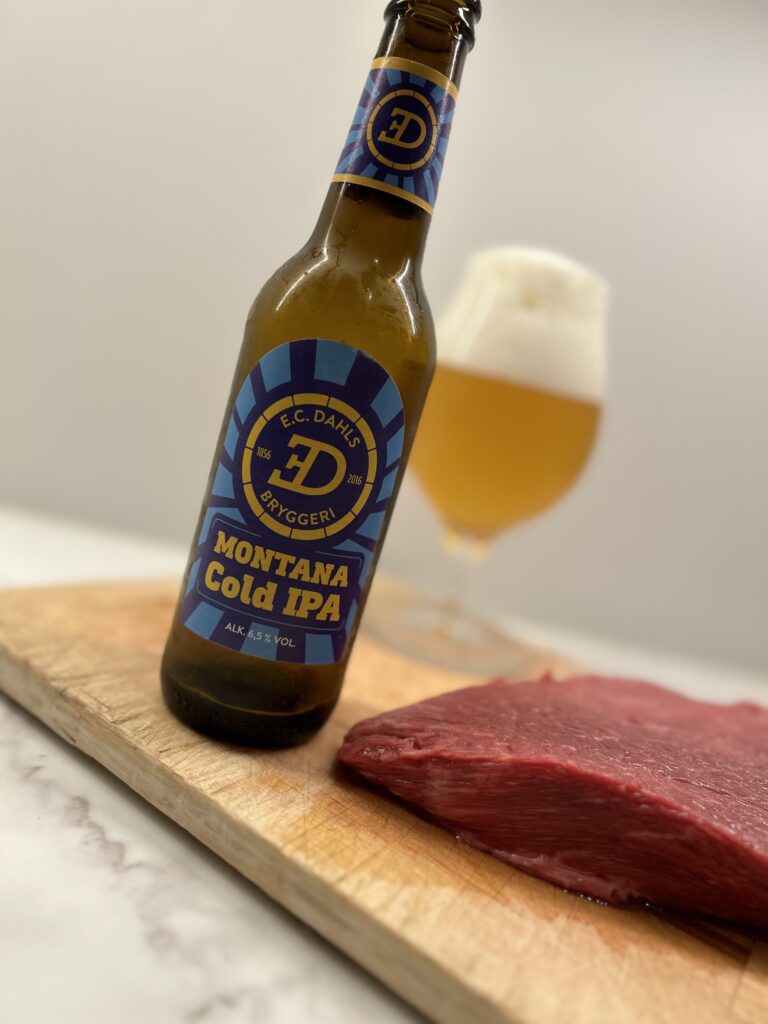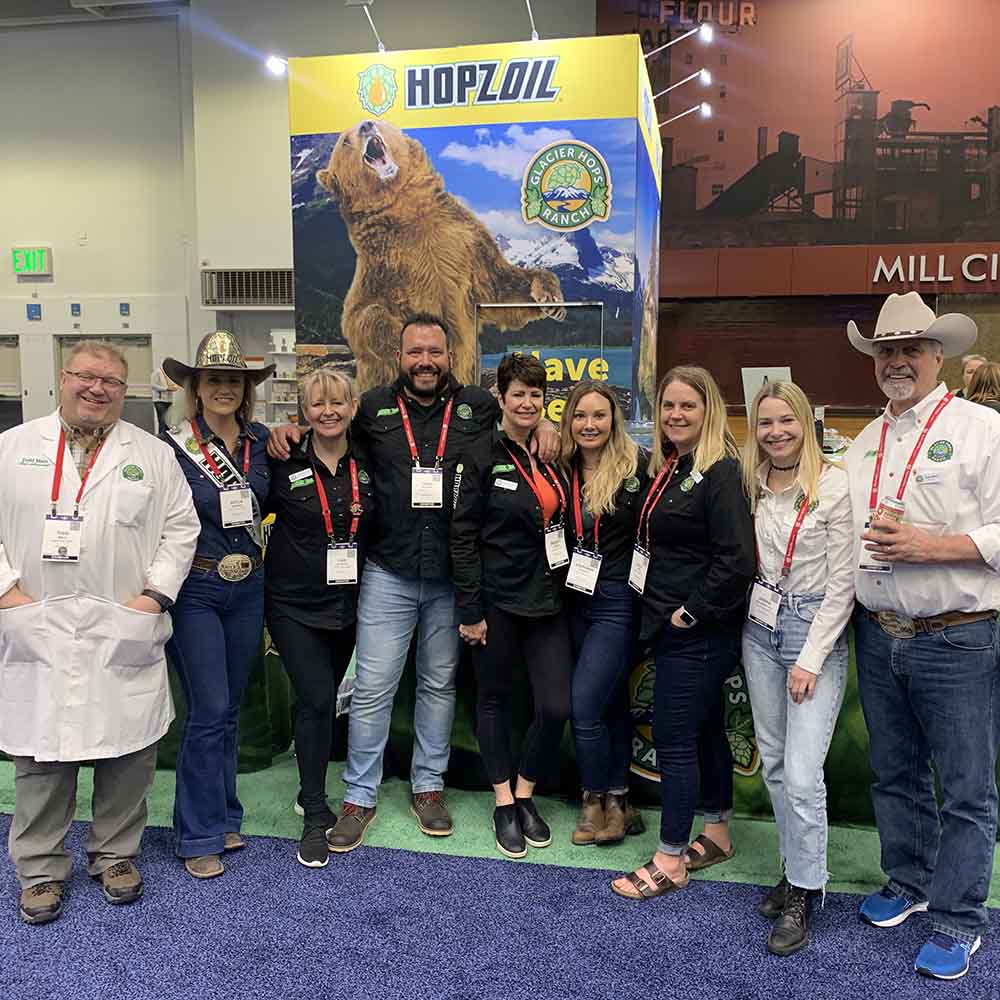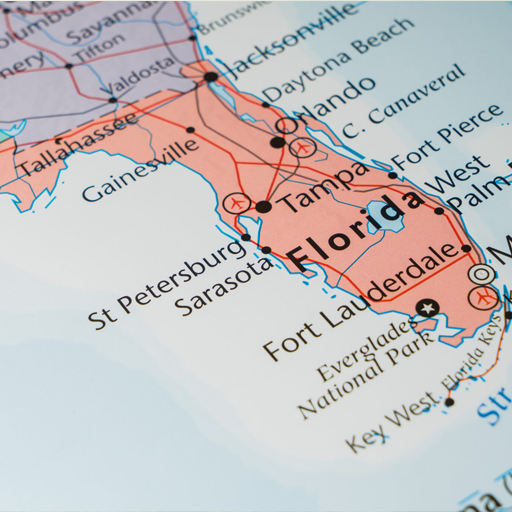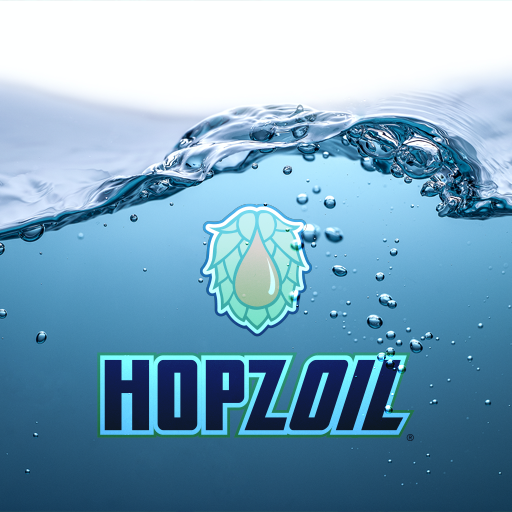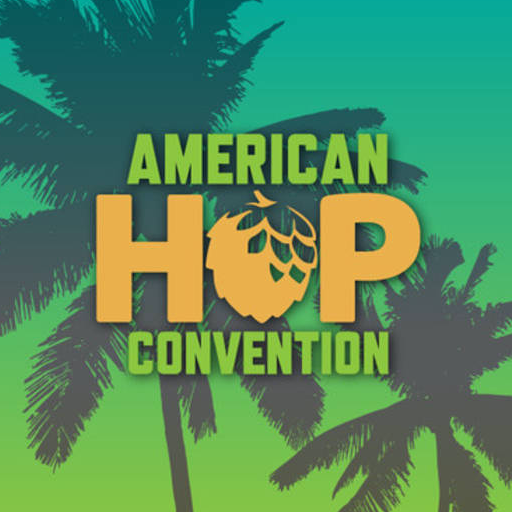If you are curious how the 2023 American hop harvest went, you are not alone. We have some insights into what happened along with a very preliminary crystal ball forecast for the 2024 harvest.
In a nutshell, the U.S. hop industry roughly doubled its production acreage in the 10 years starting in 2012 (actually a 109% increase). However, the U.S. Craft brewing industry started to plateau in 2016, moving from a peak of 18% annual growth to low single digit growth by 2019 (the year before the pandemic). As most are aware, the pandemic caused a decline, and Craft beer has almost, (but not quite) made it back to previous volumes.
Several factors combined to create a hop market glut. First was the pandemic itself. Breweries were locked down either for months (or years, in some countries). Beer not produced did not use hops. Beers that were popular in the pandemic were mass-market “Dad Beers” using far fewer ingredients than Craft beer. Many breweries found themselves long on contracts and were simultaneously paying for extra freezer warehouse storage of these contracted hops. During that 2017-to-2022 time frame of slowing growth, the number of Craft breweries contracting for hops dropped by more than half, as they were sourcing excess hops wherever they could find excess in the marketplace. Simultaneously, hop growers did not tap the brakes and continued to add acreage (and excess inventory grew) through 2022.
In January 2023, the situation was clearly outlined to hop growers at the annual hop convention. A request to voluntarily take 10,000 acres (of over 60,000 acres) out of production was requested, with compelling evidence of an oversupply of hops. In the end, over 8,000 acres were taken out, but 2,500 acres of high-yielding new hops were planted, yielding a net decline of only 5,500 acres. Furthermore, not all production acreage is created equal. Some fields produce better for a variety of reasons. It is a safe bet that the worst-performing fields were taken out, not the best yielding.
Two of the highest acreage (and most popular) varieties, Citra and Mosaic, which occupied 31% of 2022 harvested acreage, dropped to 26% in 2023. Cascade acreage declined by 12% in 2023, but harvest ironically increased by 12% due to higher yields. Centennial production declined by 12%…not because of reduced acreage, but because of early bloom impacting yield for that variety. It is, after all, farming. Centennial yield was actually 25% to 30% below average.
Overall, higher-yielding acreage combined with more favorable growing conditions actually resulted in an even larger harvest (up 2%) in 2023 in spite of fewer producing acres. The elephant in the room actually grew, as the problem was kicked down the road. Again, in January 2024, a call went out to voluntarily reduce production by another 10,000 acres to balance the market. This time, growers seem to be taking it seriously. But will it be enough for the market to reach equilibrium in one year?
In the meantime, there are loads of older hops (as old as 2015 crop), that can be had for under $1 per pound. And despite the low price, dealers (or brewers) are having a hard time giving them away because of their age. The glut is also variety-specific and ironically, some varieties will remain in short supply. Balancing hop production with brewery needs had gotten out of alignment and it needs to be balanced again. The tea leaves seem to be pointed in that direction, but what nobody knows for sure is how long it will take. With thousands more acres being taken out of production this year, the market is poised to show signs of reaching equilibrium…but by when?
